A correct balance of fishmeal and dietary methionine has a critical effect on Pacific white shrimp growth performance and economic efficiency
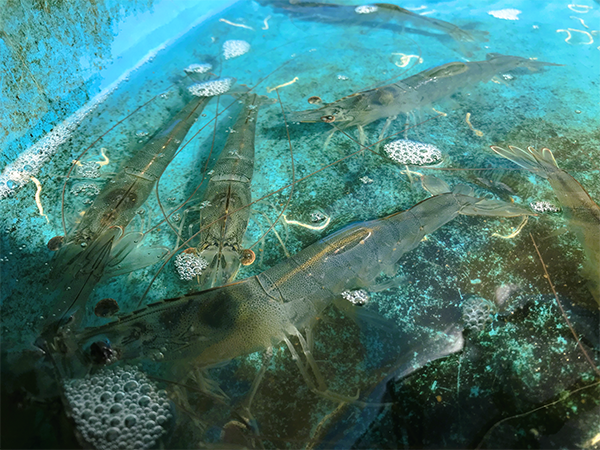
The shrimp feed industry is constantly looking for opportunities to minimize the dependency on expensive fishmeal and to keep the industry profitable and sustainable. Many studies have supported the idea that dietary fishmeal levels can be significantly reduced without adverse effects on the growth performance of farmed shrimp. Thus, there has been a progressive decrease in the inclusion of fishmeal in industrially compounded shrimp feeds, from more than 25 percent in the 1990s to 12 percent or less in the past decade.
This has led to a corresponding decline in the fish-in-fish-out (FIFO) ratio from an estimated 2.81 in 2007 to 0.82 in 2017. Further reductions or complete withdrawal of fishmeal from shrimp feeds have been achieved under experimental conditions. However, effective replacement levels vary according to culture conditions, substitute protein, feed formulation and sources of supplemental amino acids.
The most common proteins adopted to replace fishmeal in shrimp feeds are commodity byproducts from the animal slaughtering industry (poultry byproduct meal, meat and bone meal, swine meat meal) and from agriculture (soybean meal, soy protein concentrate, canola meal, corn meal, cottonseed meal and peanut meal). Unconventional protein ingredients have also been evaluated with promising results, including meals from bacteria, biofloc, earthworms, insects and microalgae. Soybean meal is by far the most common and preferred ingredient to support fishmeal replacement in practical shrimp feeds due to its year-round availability and competitive and less volatile prices.
Additionally, most studies have used a combination of protein sources to replace fishmeal. Regardless of the protein sources chosen, studies have shown that the formulation of low-fishmeal diets relies on a balanced supplementation of essential amino acids, fatty acids and feed attractants.
Methionine (Met) is considered the most impacted essential amino acid (EAA) when fishmeal is challenged. However, very little information is available on the optimal dietary Met levels in response to graded levels of fishmeal in order to support maximum shrimp growth performance with economic efficiency.
This article – adapted and summarized from the original publication (Nunes, A.J.P. and K. Masagounder. 2022. Optimal Levels of Fish Meal and Methionine in Diets for Juvenile Litopenaeus vannamei to Support Maximum Growth Performance with Economic Efficiency. Animals 2023, 13(1), 20) – reports on a study that evaluated the growth performance of Pacific white shrimp (Litopenaeus vannamei) juveniles, the feed digestibility and the economics of fishmeal reduction with the dietary supplementation of DL-methionyl-DL-methionine (DL-Met-Met) under intensive culture conditions.
Study setup
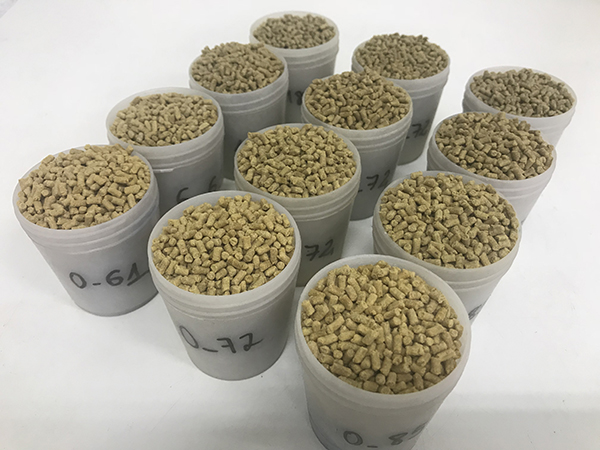
This study investigated the optimal levels of fishmeal and dietary methionine (Met) required for maximum growth performance of juvenile L. vannamei with economic efficiency. It was carried out at LABOMAR (Instituto de Ciências do Mar, Universidade Federal do Ceará in Ceará, Brazil) and involved two separate experimental stages. The first stage was designed to evaluate shrimp growth performance fed graded levels of fishmeal and Met. A second stage determined the apparent digestibility coefficients (ADCs) for crude protein (ACPDCs) and amino acids (AAADCs) of diets with graded levels of fishmeal using a fixed dietary Met content.
Four sets of diets were prepared to contain 0.00, 6.00, 12.00 and 18.00 percent fishmeal. Each set was supplemented with DL-methionyl-DL-methionine (DL-Met-Met) to result in a total dietary Met (Met + Cys) content of 0.58 (1.05), 0.69 (1.16) and 0.82 percent (1.29 percent) on a fed basis. Shrimp juveniles (1.00 ± 0.08 grams) were stocked in 60 outdoor tanks of 1 cubic meter with 100 shrimp per square meter, with five replicates per dietary group. Shrimp in all the groups were fed 10 times daily for 70 days. In a subsequent trial, dietary protein and amino acid digestibility of four fishmeal groups, but only at high dietary Met levels (~0.82 percent), were evaluated in 40, 60-liter indoor tanks (11 replicates per diet) for 93 days with 70 shrimp per square meter.
For detailed information on the experimental design and equipment; animal husbandry; diet preparation; and data collection and analyses, refer to the original publication.
Animal protein meals reduce feed costs but don’t improve shrimp performance
Results and discussion
Final shrimp survival (92.85 ± 4.82 percent, mean ± standard deviation), weekly weight gain (1.17 ± 0.08 grams), apparent feed intake (13.3 ± 0.5 grams of feed per stocked shrimp), and feed conversion ratio (1.18 ± 0.06) were unaffected by dietary fishmeal level and Met content. Gained yield was adversely affected when fishmeal was reduced from 18 percent and 12 percent (1,156 and 1,167 grams per square meter, respectively) to 0 (1,090 grams per square meter), but no change was observed at 6 percent (1,121 grams per square meter). A significant interaction was detected between fishmeal level and dietary Met. Under 0 and 6 percent fishmeal conditions, higher levels of total dietary Met, 0.69 percent and 0.82 percent, respectively, were required to maximize shrimp body weight. In comparison, at 12 percent and 18 percent fishmeal, a dietary Met content of only 0.58 percent was sufficient.
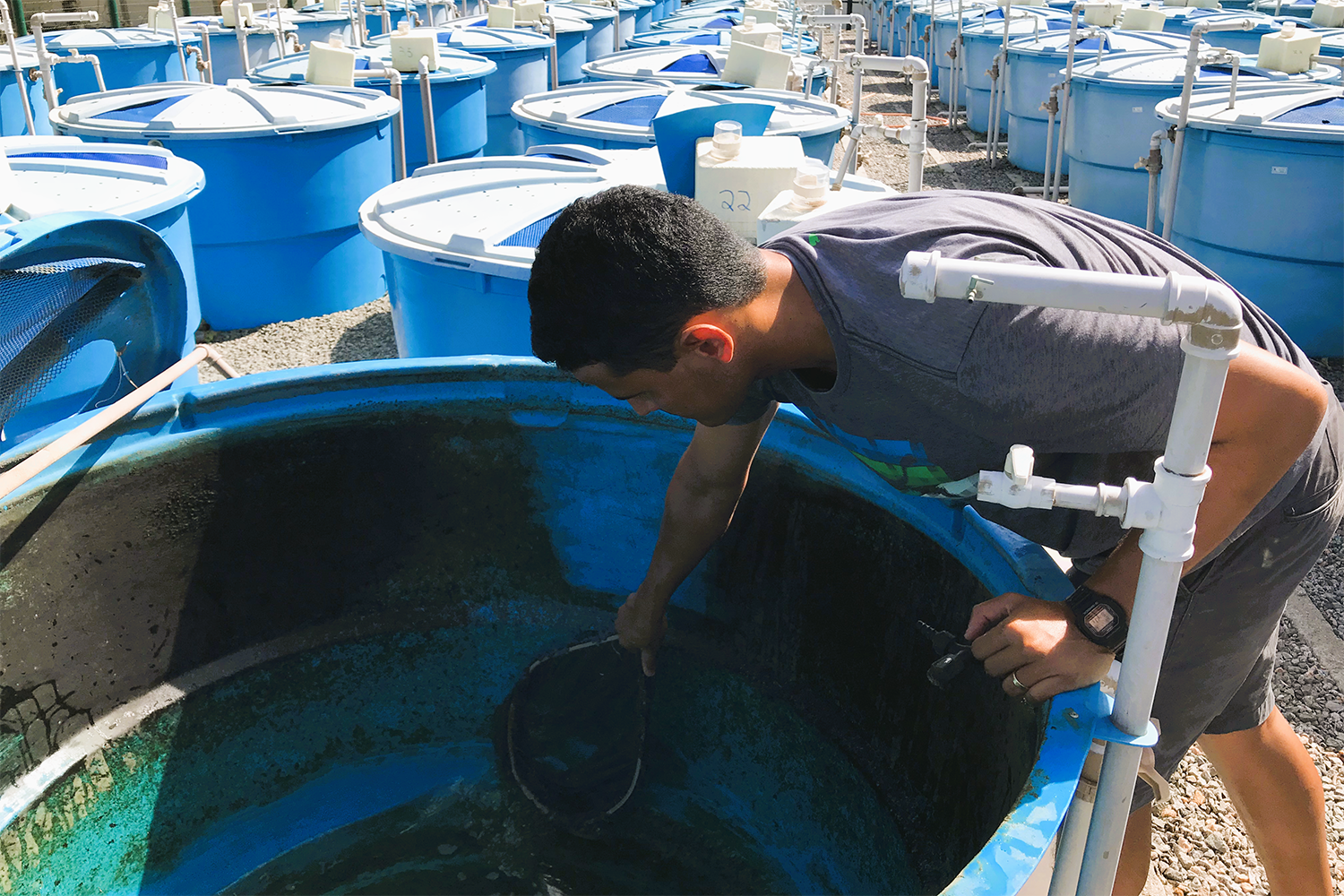
Results of our study demonstrated that dietary fishmeal levels and Met (Met + Cys) content and their interaction significantly impact final shrimp BW. The responses in body weight as a function of fishmeal level varied according to the dietary Met (Met + Cys) content. At the lowest dietary Met (Met + Cys), i.e., 0.58 percent (1.05 percent), we observed that fishmeal could only be reduced from 18 to 12 percent. Further reductions led to a reduced shrimp body weight at harvest.
At moderate levels of dietary Met, i.e., 0.69 percent (1.16 percent), fishmeal could be completely eliminated without any impact to shrimp body weight, but with an adverse effect on yield. In comparison, at the highest dietary Met, i.e., 0.82 percent (1.29 percent), fishmeal could be reduced from 18 to 6 percent, but complete withdrawal negatively impacted body weight. Therefore, the levels of dietary Met (Met + Cys) required to maximize shrimp body weight at 0 and 6 percent fishmeal ranged between 0.69 (1.16) and 0.82 percent (1.29 percent), while at 12 and 18 percent, only 0.58 percent (1.05 percent) was needed.
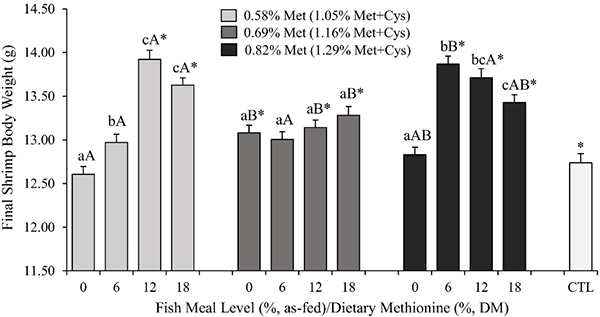
Notably, the Met apparent digestibility coefficient was not affected by the fishmeal across diets, which means that even on a digestibility basis this difference will hold true. Therefore, it is clear that an effective reduction in fishmeal in diets for L. vannamei is dependent on appropriate dietary Met (Met + Cys) levels. This can be achieved through supplementation with crystalline Met or by raising protein ingredients rich in these intact amino acids. This is consistent with work from other researchers reporting the importance of supplemental Met while challenging fishmeal levels.
We found that under outdoor and indoor tank conditions, the optimal dietary fishmeal level without an adverse effect on the growth performance of L. vannamei was reached at 6 percent. This finding is corroborated with the work of Suárez et al. In our study, to completely withdraw fishmeal from the diets, soybean meal levels were increased to 46.08 percent. In this case, most of the dietary protein came from plant sources (wheat flour, wheat gluten) with only a small portion (4 percent) derived from animals (squid and krill).
We found that even at higher levels of dietary soybean meal (45 percent of the diet), the apparent digestibility coefficients (ADCs) for dietary protein and amino acids (AAs) were adequate (>80 percent). Thus, the reduced shrimp growth performance with 0 percent fishmeal was likely driven by other factors, including poorer feed attractability. We could not observe any negative response in apparent feed intake (AFI) with the outdoor rearing system likely because shrimp were fed with feed restrictions. However, in the indoor systems, when shrimp were fed in excess, there was a reduced AFI when shrimp were fed diets containing 0 and 6 percent fishmeal.
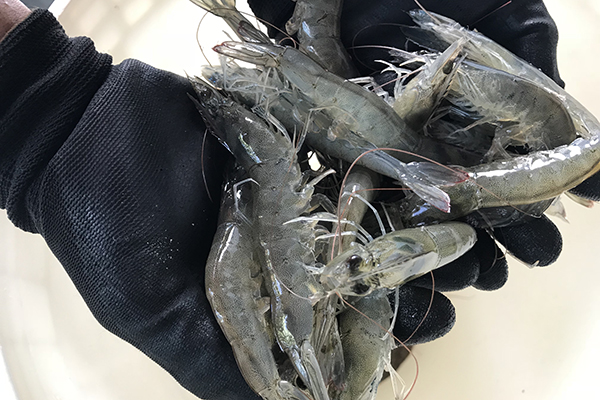
Plant-based feeds and feeds containing in excess of 50 percent soybean meal have been advocated for juvenile L. vannamei by other researchers. Some of these studies report that a complete replacement of fishmeal for soybean meal can be achieved with or without the use of proteins from terrestrial animals, such as poultry meal. These studies also adopted green-water conditions, but shrimp were raised with a much lower stocking density (25 shrimp per square meter; 35 shrimp per square meter; and 37.5 shrimp per square meter) compared to the present work (100 shrimp per square meter). With a lower density, the nutrient contribution of naturally available food sources to shrimp growth can be significant and can lead to much higher levels of fishmeal replacement. Their formulas also combined other protein sources for fishmeal replacement in addition to soybean meal, and therefore, fishmeal is more likely to be fully replaced when feed formulation can rely on more than one or on a combination of substitute protein sources.
In the current study, from the economic point of view, eliminating fishmeal was as competitive as including 6 percent fishmeal, with both being more advantageous than 12 and 18 percent fishmeal. The production costs of diets containing lower levels of fishmeal exceeded the benefits of higher revenue, resulting in greater profit and ROI. The cost of fishmeal was the main driver for a higher production cost recorded for diets 12 and 18 percent fishmeal. In comparison, total dietary Met content had no effect over economical parameters, including production costs.
Perspectives
Results from the present study show that a correct balance of fishmeal and dietary Met has a critical effect on L. vannamei shrimp performance. Shrimp final survival, growth, FCR and dietary protein and amino acid digestibility were not negatively affected by a reduction or complete elimination of fishmeal with a proper balance with CAAs, including Met. However, while gained shrimp yield is reduced when fishmeal is withdrawn, dietary inclusion levels of 12 percent or higher leads to increased costs, which are not offset by higher revenues.
We conclude that the total amount of dietary Met needed to maximize shrimp growth performance depends on the amount of dietary fishmeal. Higher amounts of supplemental DL-methionyl-DL-methionine reduce the reliance on fishmeal. A total dietary supplementation of DL-Met-Met of 0.34 percent can reduce fishmeal inclusion from 18 to 6 percent without any negative effect on shrimp performance.
Overall, results indicate that the use of fishmeal can be minimized or completely eliminated without major detrimental effects on shrimp performance, as long as the methionine requirement is met with proper supplementation of CAAs. Feeds with zero fishmeal or with only 6 percent with levels of dietary Met (as-fed basis), i.e., 0.69 and 0.82 percent, respectively, delivered the highest shrimp growth performance, profit and return on investment compared to diets with higher levels.
References available in the original publication.
Now that you've reached the end of the article ...
… please consider supporting GSA’s mission to advance responsible seafood practices through education, advocacy and third-party assurances. The Advocate aims to document the evolution of responsible seafood practices and share the expansive knowledge of our vast network of contributors.
By becoming a Global Seafood Alliance member, you’re ensuring that all of the pre-competitive work we do through member benefits, resources and events can continue. Individual membership costs just $50 a year.
Not a GSA member? Join us.
Authors
-
Alberto J.P. Nunes
Corresponding author
LABOMAR–Instituto de Ciências do Mar, Universidade Federal do Ceará, Avenida da Abolição, 3207, Meireles, Fortaleza 60165-081, Ceará, Brazil -
Karthik Masagounder, Ph.D.
Evonik Operations GmbH, 10-B227, Rodenbacher Chausse 4, 63457 Hanau, Germany
Tagged With
Related Posts
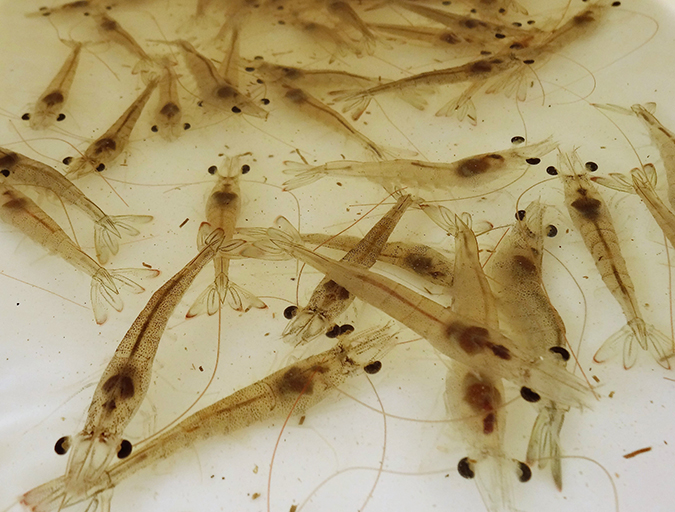
Health & Welfare
Effect of dietary methionine on Pacific white shrimp juveniles
This study tested five diets formulated with increasing levels of methionine (Met) and Met + cysteine (Cys) and their effect on growth performance of juvenile Pacific white shrimp stocked at 50, 75 or 100 animals/m2 in a green water system.
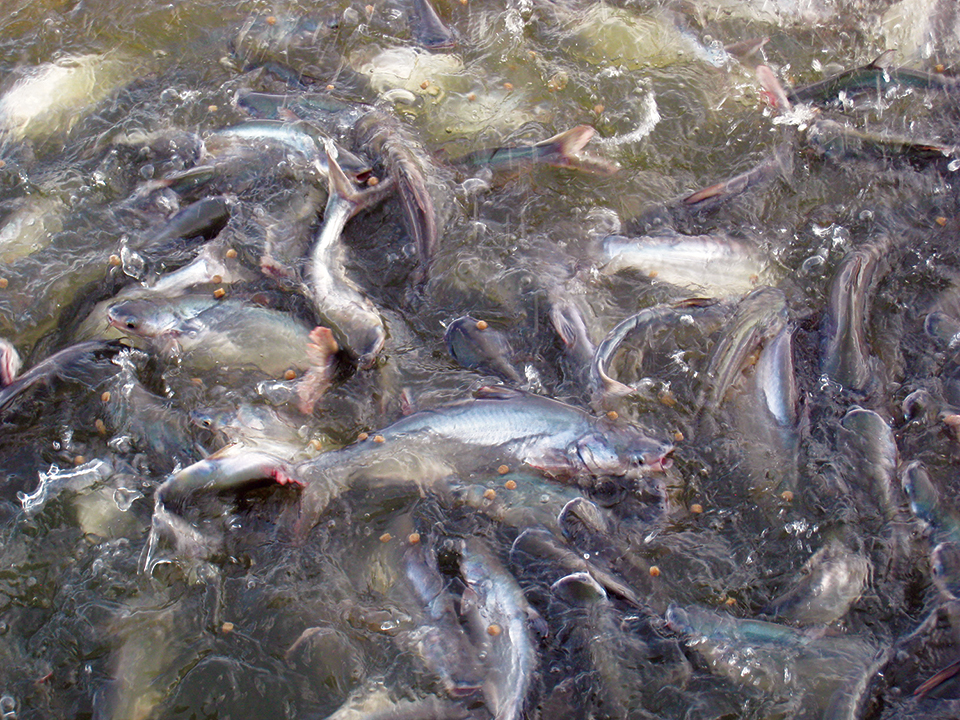
Health & Welfare
Amino acid supplementation reduces protein levels in pangasius diets
Trials show that supplementation with amino acids could reduce protein levels from a typical 28 percent to 23 percent in pangasius diets.
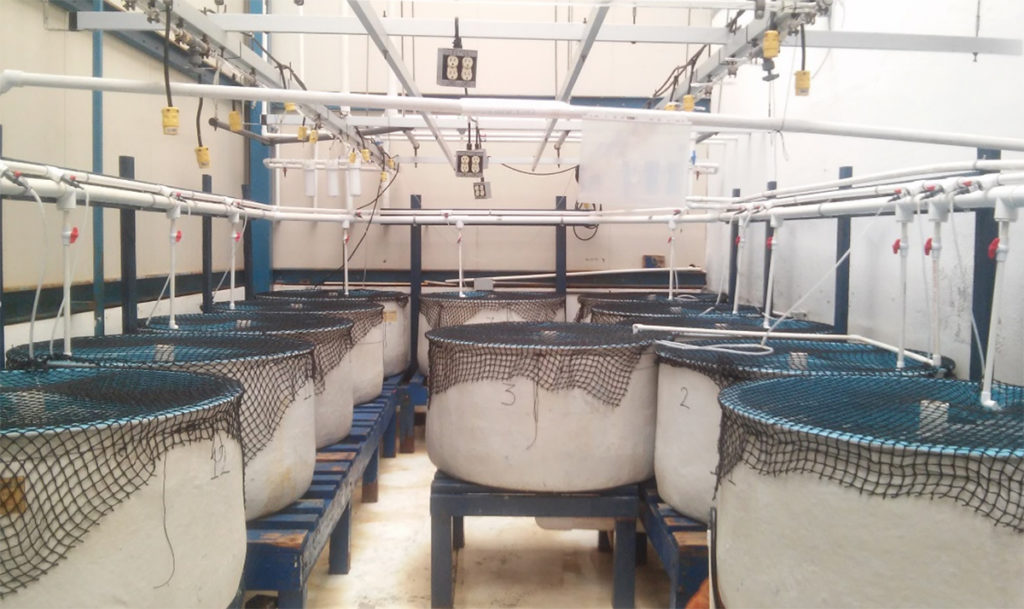
Health & Welfare
Enteritis induction by soybean meal in totoaba diets
This study investigated the effects of increasing levels of dietary soybean meal (SBM) with constant taurine supply in the induction of enteritis in juvenile totoaba.
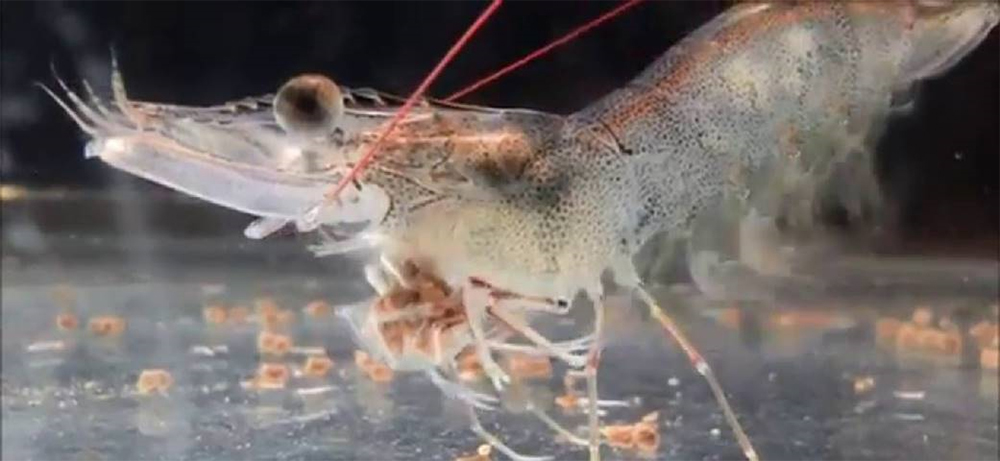
Health & Welfare
Grain distillers dried yeast in practical diets for juvenile Pacific white shrimp
A study evaluated the production response of Pacific white shrimp fed diets containing increasing levels of grain distillers dry yeast in two growth trials.



